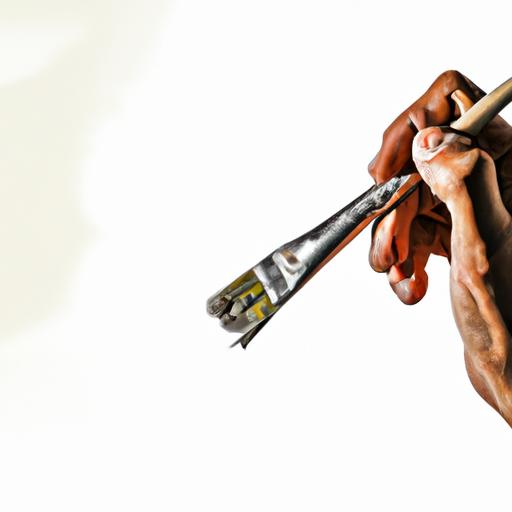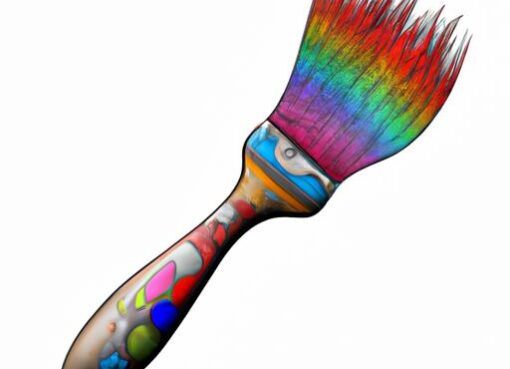Drawing Painting: Unleashing Creativity through Artistry

Introduction
drawing painting is a harmonious blend of two art forms that have captivated individuals for centuries. It involves the creation of visual masterpieces through the use of lines, shapes, colors, and textures. In essence, drawing painting allows artists to convey their emotions, thoughts, and visions onto a canvas, creating a profound connection between the creator and the viewer.
The importance of drawing painting in the art world cannot be overstated. It serves as a means of self-expression, enabling artists to communicate their unique perspectives and stories. Additionally, drawing painting plays a vital role in preserving cultural heritage and documenting historical events. Whether it be a simple sketch or a complex oil painting, each artwork holds significance and contributes to the rich tapestry of human creativity. Through drawing painting, artists have the power to evoke emotions, inspire change, and leave a lasting impact on society.
Techniques for Drawing Painting
Sketching Techniques
When it comes to drawing painting, mastering sketching techniques is essential. Sketching serves as the foundation of any artwork, helping artists outline their ideas and compositions before delving into more intricate details. Whether using pencils, charcoal, or pastels, artists can experiment with different sketching styles to bring their vision to life.
Shading Techniques
Shading techniques add depth and dimension to drawings and paintings, creating a sense of realism and texture. By varying the pressure and direction of their strokes, artists can achieve different shading effects, from light and airy to dark and dramatic. Understanding how light interacts with objects is crucial in mastering shading techniques and creating lifelike artwork.
Blending Techniques
Blending techniques involve seamlessly merging colors and tones to create smooth transitions and gradients in drawings and paintings. Artists can use blending tools such as brushes, blending stumps, or their fingers to soften edges and create a cohesive look. Experimenting with different blending techniques allows artists to achieve a unique style and enhance the overall visual impact of their artwork.
Color Mixing Techniques
Color mixing is a fundamental aspect of drawing painting, as it allows artists to create a wide range of hues and tones from a limited palette. By understanding the color wheel and color theory, artists can mix primary colors to create secondary and tertiary colors, expanding their creative possibilities. Mastery of color mixing techniques enables artists to evoke specific moods, convey emotions, and add visual interest to their artwork.
Tips for Beginners in Drawing Painting
Practice Regularly
Engaging in consistent practice is key to honing your skills in drawing painting. By dedicating time each day to sketching or painting, you not only improve your technique but also cultivate your artistic intuition. Regular practice allows you to explore different styles, experiment with various mediums, and develop your unique artistic voice.
Study Different Styles
Immersing yourself in the diverse styles of drawing painting can broaden your artistic horizons and inspire new creative ideas. Explore the works of renowned artists across different eras and genres to gain insights into various techniques and approaches. By studying different styles, you can learn from the masters and incorporate elements that resonate with your artistic vision.
Experiment with Different Techniques
Don’t be afraid to step out of your comfort zone and try new techniques in drawing painting. Experimenting with different ways of applying color, creating textures, and playing with light and shadow can lead to exciting discoveries and unexpected results. Embrace the process of experimentation as a means of growth and exploration in your artistic journey.
Seek Feedback from Others
Seeking feedback from fellow artists, mentors, or art communities can provide valuable insights and perspectives on your work. Constructive criticism and encouragement from others can help you identify areas for improvement, celebrate your strengths, and gain a fresh outlook on your artistic practice. Embrace feedback as a tool for growth and learning in your pursuit of mastering drawing painting.

